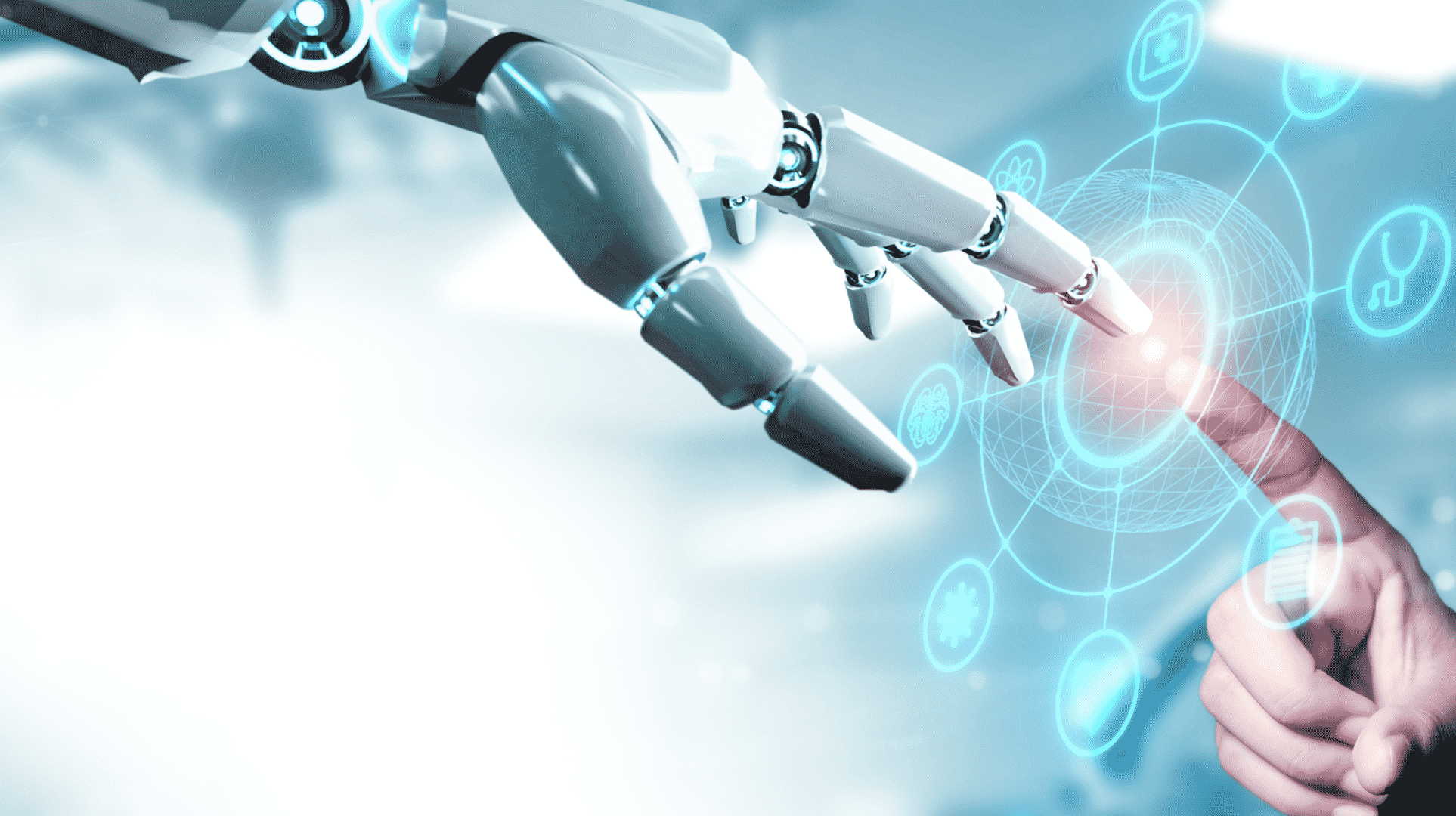A chatbot is a software application that simulates human conversation. While early chatbots were rule-based where it follows predefined rules, asks for specific information, and provides appropriate responses base on the rules programmed into it. Modern chatbots use sophisticated technologies like conversational AI and Natural Language Processing (NLP) to understand and respond to user queries more naturally and effectively, can handle complex tasks and provide tailored responses, offering a personalized options and providing more interactive and engaging experience for the user. These chatbots are now a vital part of businesses’ communication strategies, enhancing customer support, automating tasks, and improving efficiency.
Generative AI-Powered Chatbots: The Next Frontier
Generative AI is the future of chatbots, allowing them to understand complex queries and adapt to a user’s conversational style. Unlike traditional chatbots, generative AI can create content like text, images, and even sound, based on Large Language Models (LLMs). As chatbots developers learn from interactions, they improve over time, offering better and more personalized responses. In 2025, these AI-powered chatbots are automating tasks and interacting directly and more effectively with customers.
How Chatbots Add Value to Modern Business Operations
Chatbots are integrated into various platforms—from smart home devices like Alexa to workplace tools like Microsoft Teams. They can automate routine tasks, manage customer basic inquiries, and provide real-time support, enhancing customer experience and business efficiency. By analyzing conversations, they also offer valuable insights into customer behaviors, driving strategic decisions.
How Chatbots Work
Early chatbots operated through predefined scripts, but modern chatbots use NLP and Machine Learning (ML) to understand free-form user input and provide more accurate responses. By leveraging Natural Language Understanding (NLU), machine learning, and deep learning, chatbots continuously improve, offering better service over time.
Types of Chatbots
- Basic: Basic tools for simulating conversation, from rule-based systems to advanced AI-driven bots.
- AI Chatbots: These use AI technologies like machine learning and NLP for more natural interactions.
- Virtual Agents: The most advanced type, combining AI with Robotic Process Automation (RPA) to manage complex tasks and make autonomous decisions.
Benefits of Chatbots
- Customer Engagement and Loyalty: 24/7 support and automation of routine tasks lead to improved satisfaction and brand loyalty.
- Cost Reduction and Efficiency: Automating tasks and providing off-hour support helps lower operational costs.
- Lead Generation and Conversion: Guiding users through sales processes, improving conversion rates.
- Quick and Consistent Responses: Respond to queries instantly and provide consistent responses, improving customer satisfaction and reducing wait time.
- Improved Customer Engagement with Multilingual Support: Can be programmed to understand and respond quickly and efficiently in multiple languages
Challenges and Limitations
While chatbots offer significant benefits, they do have many limitations, such as security risks and ethical considerations (data leakage), incorrect responses, and difficulties with complex queries. Other major limitations are the lack of human touch as well as the lack of empathy and emotional understanding.
However, advancements in AI and NLP are helping mitigate these challenges, and hybrid models that combine AI with human agents offer a balanced solution. In these systems, bots handle simple tasks while humans step in for complex or sensitive issues.
Emerging Trends in Chatbot Technology
Voice recognition integration allows users to interact with chatbots through spoken commands, enhancing accessibility.
Augmented Reality (AR) is another exciting development, enabling chatbots to guide users through AR interfaces for a richer support experience.
Additionally, emotional intelligence in chatbots is growing, allowing them to respond empathetically to user emotions, making interactions feel more human.
Real-World Applications
In industries like airlines, retail, and healthcare, chatbots are already having a profound impact. Airlines use chatbots for bookings, flight updates, and customer service, reducing wait times and improving travel experiences.
Whereas retailers’ brands use AI-powered chatbots to offer personalized product recommendations and virtual try-ons.
While for healthcare providers, chatbots help with appointment scheduling, medication reminders, and patient support.
Ethical Considerations
As AI-powered chatbots are becoming more sophisticated, a range of ethical concerns are emerging. These include issues of transparency, privacy, data security and AI bias. Businesses must ensure their chatbots comply with data protection regulations such as the General Data Protection Regulation (GDPR), a key law enacted by the European Union, as well as any other applicable local and international standards and regulations. Additionally, companies should train AI models using diverse and representative datasets to minimize algorithmic bias and ensure fair and equitable interactions across all user groups.
Best Practices for Selecting the Right Chatbot
When selecting a chatbot, businesses should focus on scalability, ease of integration, and long-term growth potential. It is essential to select a chatbot that can evolve with the company, provide natural interactions, and meet security requirements, especially for highly regulated industries.
In conclusion, AI-powered chatbots are revolutionizing customer service and business operations, offering benefits like cost reduction, improved customer support, and efficient task automation. As chatbot technology continues to evolve, businesses must assess their needs, select the right tools, and address challenges to maximize the impact on customer satisfaction and operational efficiency.
But while chatbots are powerful tools, they are not a replacement for human empathy. The best experiences come from a thoughtful blend of automation and human interaction. As the technology continues to evolve, businesses that embrace chatbots strategically, and ethically, will be better equipped to meet the expectations of the digital age.
By Editorial Staff
© 2025 PA Global. All rights reserved.


























